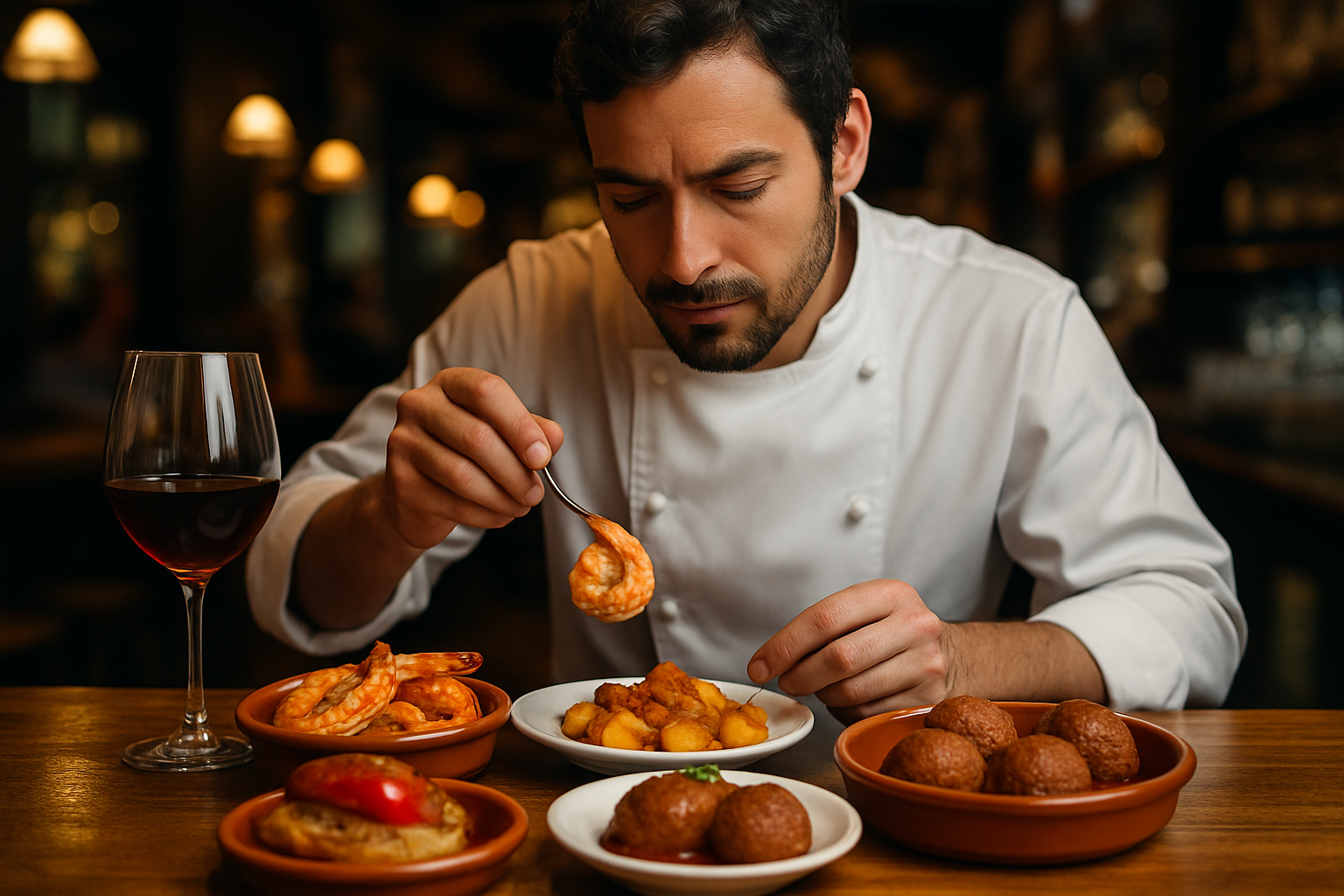Diving into the Alluring World of Spanish Tapas
Dive into a world of culinary delight with this exploration of Spanish Tapas. Discover the flavor profiles, preparation methods, and the vibrant culture that surrounds these delicious small plates. It's impossible to discuss Tapas without delving into their rich history. Tapas originated in Spain, with the term 'tapas' referring to the practice of covering (or 'tapa') drinks with a small plate of food to protect them from flies. Over time, these bite-sized meals became a staple in Spanish cuisine, with each region developing its own unique versions. From the seafood tapas of coastal regions to the meat-heavy dishes of the inland areas, the variety of tapas reflects Spain's diverse culinary landscape.

The Art of Making Tapas
Creating tapas is an art form that requires both skill and creativity. Traditional tapas include dishes like patatas bravas (spicy potatoes), albondigas (meatballs), and gambas al ajillo (garlic shrimp). However, contemporary chefs are reinventing these classics with innovative ingredients and techniques. For instance, molecular gastronomy is being utilized to create foam versions of traditional sauces, while unusual ingredients like black garlic and seaweed are being introduced.
Tapas and Spanish Wine – A Match Made in Heaven
The beauty of tapas lies not just in their taste, but also in the ritual of enjoying them with a glass of Spanish wine. The bold flavors of tapas pair perfectly with the diverse array of Spanish wines – from the fruity Rioja to the bubbly Cava. This pairing is a testament to Spain’s rich viticultural history and the integral role wine plays in Spanish dining culture.
The Social Aspect of Tapas Dining
In Spain, eating tapas is a social event. Tapas bars are bustling places where friends gather to share food, stories, and laughter. The communal nature of tapas dining reflects the Spanish ethos of hospitality and shared experiences. This social aspect is one of the reasons tapas have gained popularity worldwide, with tapas bars popping up in cities from London to Los Angeles.
Tapas: A Trend on the Rise
Despite their historical roots, tapas are a rising trend in the global culinary scene. More than just a meal, tapas represent a way of eating – small portions, shared with friends, over a leisurely period. This trend reflects a shift in dining habits towards more relaxed and social experiences.
Some interesting facts about Spanish Tapas:
-
The word ‘tapa’ means ‘cover’ or ‘lid’ in Spanish.
-
Tapas are served both hot and cold.
-
Each region in Spain has its own special tapas dishes.
-
Tapas are typically eaten in the evening, often replacing dinner.
In conclusion, Spanish tapas offer a unique and delicious culinary experience. They provide an insight into Spain’s rich history and vibrant culture, while also reflecting modern dining trends. So the next time you’re looking for a culinary adventure, why not dive into the world of tapas?





